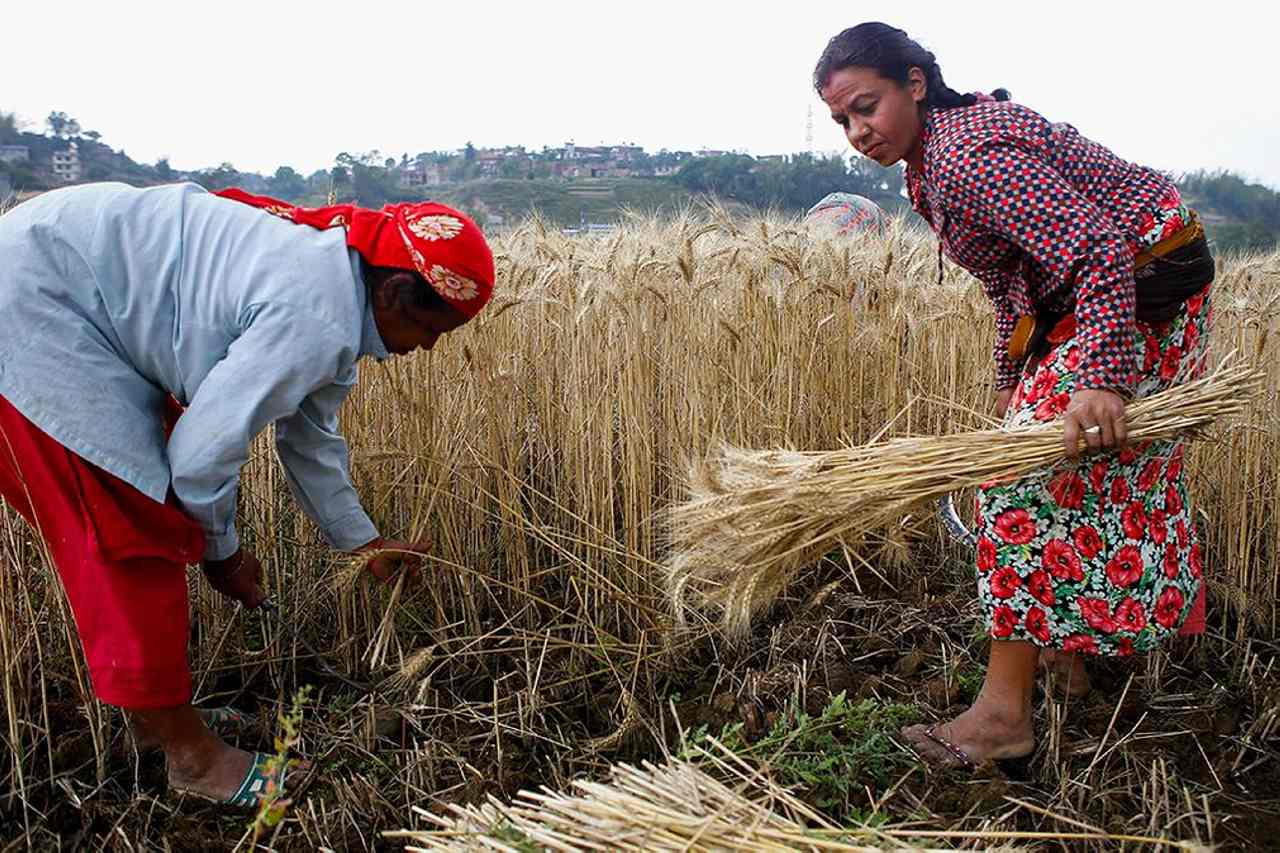As if we would have liked one more reason to chill it on our carbon dioxide emissions, it seems that prime ranges of atmospheric CO2 are rendering our crops much less nutritious. This may, as standard, shake out otherwise for some human populations than for others.
In developed nations, entry to protein could be simpler than in different elements of the globe, with readier entry to meat and fish. However 76 p.c of the world’s people get the vast majority of their dietary protein from crops. And with the world’s inhabitants projected to achieve 9.5 billion by the yr 2050, it is solely going to get more durable to supply sufficient crops to cowl everyone’s dietary bases – if that proportion stays secure, and particularly if extra folks look to crops for protein.
A brand new examine printed within the journal Environmental Well being Views seems at present and projected CO2 ranges worldwide, and finds that, as human-caused CO2 emissions trigger atmospheric ranges to rise, the dietary worth of staple crops like rice and potatoes will fall by greater than 5 p.c by 2050. That lower within the crops’ dietary worth will put about 150 million folks in 18 nations liable to critical protein deficiency.
"This examine highlights the necessity for nations which can be most in danger to actively monitor their populations’ dietary sufficiency, and, extra basically, the necessity for nations to curb human-caused CO2 emissions," stated Samuel Myers, senior analysis scientist on the Harvard T.H. Chan Faculty of Public Well being, in a press launch.
To determine how a lot protein completely different crops would possibly lose as atmospheric CO2 ranges rise, the analysis crew ran experiments wherein they uncovered necessary staple crops to excessive concentrations of CO2. They discovered the protein in rice, wheat, barley and potatoes decreased by 7.6, 7.8, 14.1 and 6.4 p.c, respectively. They then utilized these findings to United Nations information about what folks in creating nations eat, and the way a lot, and located that in lots of locations the place protein deficiency is already an issue for tens of millions – Sub-Saharan Africa, as an example – the state of affairs’s not going to get any higher as a result of cereals already make up such a big portion of their weight loss plan. India, whose inhabitants depends closely on staples like rice and wheat for protein, would possibly lose as a lot as 5 p.c of the protein from the usual weight loss plan, placing 53 million new folks in danger for protein deficiency. Add to that the projected enhance in meals prices in coming years, and you will have folks paying extra for much less meals that is much less nutritious.
There are a number of methods to organize, Myers suggests. He factors out that "methods to take care of sufficient diets have to deal with probably the most susceptible nations and populations." He additionally factors to breeding crops much less delicate to the results of CO2, enriching crops’ dietary yields, and even working to diversify diets – not placing all of your nutritional-needs eggs in a single basket, so to talk. (And perhaps placing some eggs in peoples’ baskets.)
"And, after all," he says, "we have to dramatically cut back international CO2 emissions as shortly as attainable."
Myers additionally printed a examine within the journal GeoHealth this week which finds that rising ranges of CO2 might also end in worldwide dietary iron deficiencies, which could be particularly harmful for ladies and kids. Accompanying these findings, a 2015 examine carried out by Myers means that rising CO2 emissions could result in decreased zinc ranges in meals.
“
Diptendu Dutta/AFP/Getty Pictures
Now That is Attention-grabbing
If each American began substituting beans for beef of their diets, america might probably come near assembly its 2020 greenhouse fuel emissions objectives.







